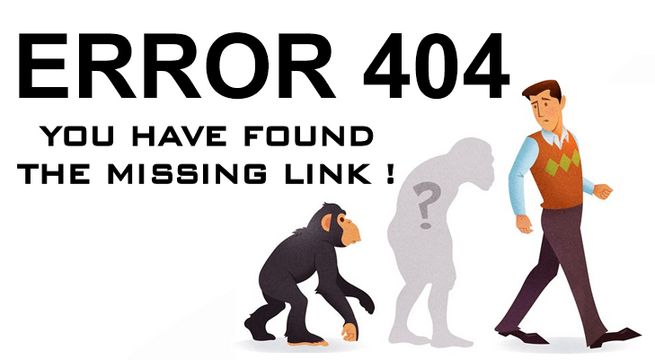"Absence of proof is not proof of absence." William Cowper, Carl Sagan and many others. Phil Alderson, Associate Director of the UK Cochrane Centre, Oxford, U.K. wrote a scientific journal article, published by the U.S. National Institute of Health, entitled "Absence of evidence is not evidence of absence" while other people argue that this reasoning is sometimes called the argument from ignorance and is "considered a fallacy in informal logic".
Edzard Ernst, formerly Professor of Complementary Medicine at the University of Exeter, U.K. also wrote an article entitled "Absence of evidence is not evidence of absence" in the BMJ. BMJ started out as the publisher of a single medical journal in 1840. BMJ states "Now, as a global brand with a worldwide audience, we help medical organisations and clinicians tackle today’s most critical healthcare challenges." Back to Professor Ernst's article. He states in the article that although "it is succinct and elegant. In fact, it is also entirely logical", "the fallacy arises not from the argument itself, but from the way it is often used in the promotion of quackery." That is the point. Not having evidence does not prove that something is not true. However, some things that are not true are evident as falsehoods. I have heard the phrase be open-minded but do not be so open-minded that your brains fall out.
There is a happy medium there somewhere. To me, the absence of evidence is often evidence that is not accepted by mainstream scientists. There is evidence for many things that are simply not accepted. One of my best examples is the Seti I temple in Abydos, Egypt. It has images of modern vehicles that are stated by archaeologists to be accidental renderings by the people who created the images. They slipped with their chisels. If so, this is extremely coincidental. They accidentally created four vehicles (most people say three), a helicopter, a boat or submarine, an airplane, blimp or UFO, and a different type of airplane at the bottom right. All of these slips which are identical to modern vehicles are together in one location on the walls of Seti I. What is the statistical probability that this could happen? One in a million? One in a billion? Even higher? To anyone who is not entirely skeptical, it is obvious that this was not a chisel slip but actual depictions of modern vehicles. This is physical evidence.
Seti I is only one example of how skeptical, closed-minded scientists refuse to accept evidence. They say that there is no evidence but, in doing so, they are being dishonest. They are misleading others by denying the evidence presented to them. The evidence is there. They just refuse to admit it.




